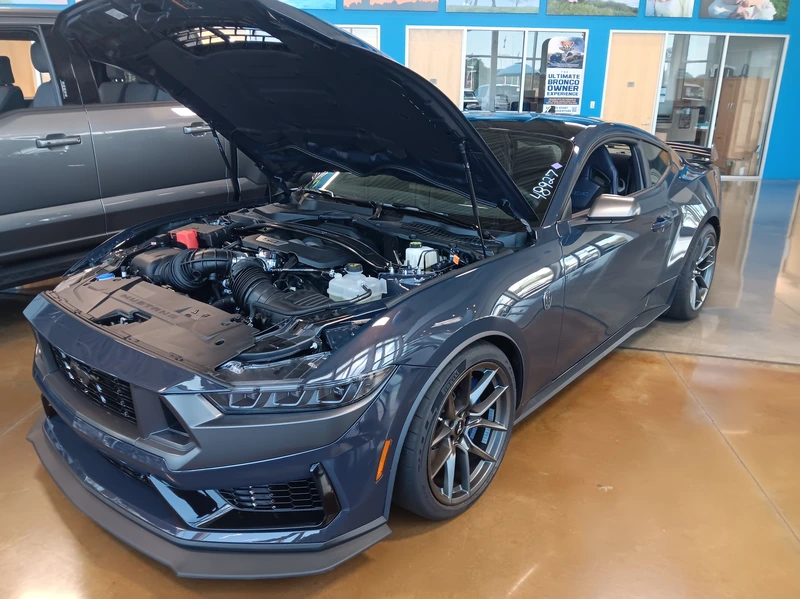Shopping for a new car should be exciting—but comparing all the trim levels, options, and packages can feel like learning a new language. Automakers offer multiple versions of the same model, each with unique features, materials, and price points. I can help simplify the process so you can focus on what matters most: finding the perfect car for your lifestyle and budget.
1. Start With the Base Trim
Every model starts with a base trim, which includes all the essentials. Think of it as your foundation. Base trims are typically the most affordable and include key safety features, infotainment technology, and reliability you can count on.
The goal here is to understand what’s included before any upgrades—so you can easily see what higher trims add. Sometimes the base model already has everything you need, making it the most practical choice.
2. Know What Each Upgrade Adds
Trim levels usually build on one another, adding new features with each step up. As you move higher, you’ll often find upgraded materials, premium audio systems, larger touchscreens, and advanced safety or driver-assist technology.
A good way to compare trims is by focusing on what’s most important to you. For example:
-
Comfort: Heated or ventilated seats, power adjustments, or leather upholstery
-
Technology: Larger display screens, navigation systems, wireless charging
-
Performance: Stronger engine options, all-wheel drive, or sport-tuned suspensions
Your salesperson can help you pinpoint which trim includes your must-have features without adding things you don’t need.
3. Consider Long-Term Value
Higher trims may cost more upfront, but they can also add long-term value. Vehicles with additional comfort, tech, or safety upgrades often hold their resale value better. Plus, if you plan to keep your car for years, those extra features may make your daily drive more enjoyable and convenient.
However, the key is balance—finding a trim that fits your lifestyle and budget. Sometimes a mid-level option hits the sweet spot between features and affordability.
4. Take Test Drives at Different Trim Levels
One of the best ways to decide is to feel the difference. Test drive two or three trims back-to-back. You might find that the base model feels perfect—or that the extra comfort and technology in the next level up is worth the investment.
Final Thoughts
Comparing trims doesn’t have to be complicated when you focus on your priorities and take time to experience each option in person. The right trim level should make your car feel like it was built for you.
At Homer Skelton Ford in Olive Branch, our team is here to walk you through every trim, feature, and package so you can make the best choice—without the confusion.
Cameron Rowland
(901) 302-0422
Homer Skelton Ford


